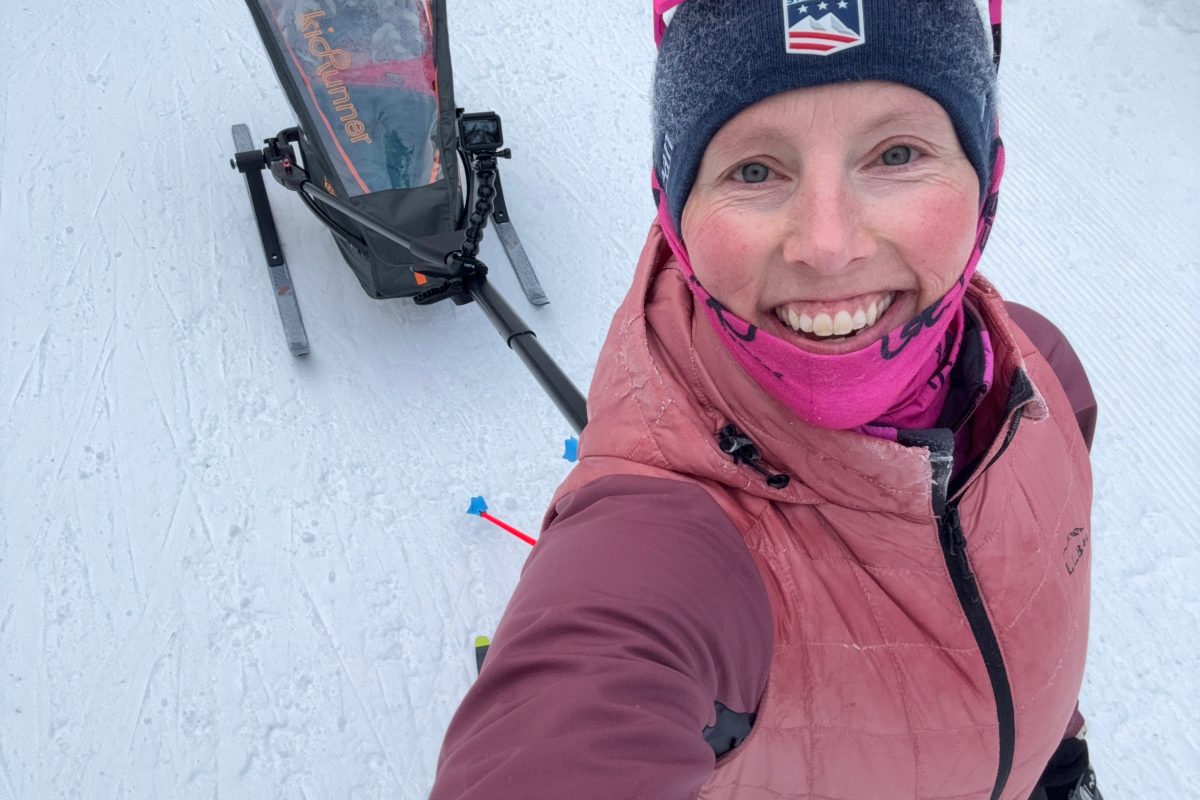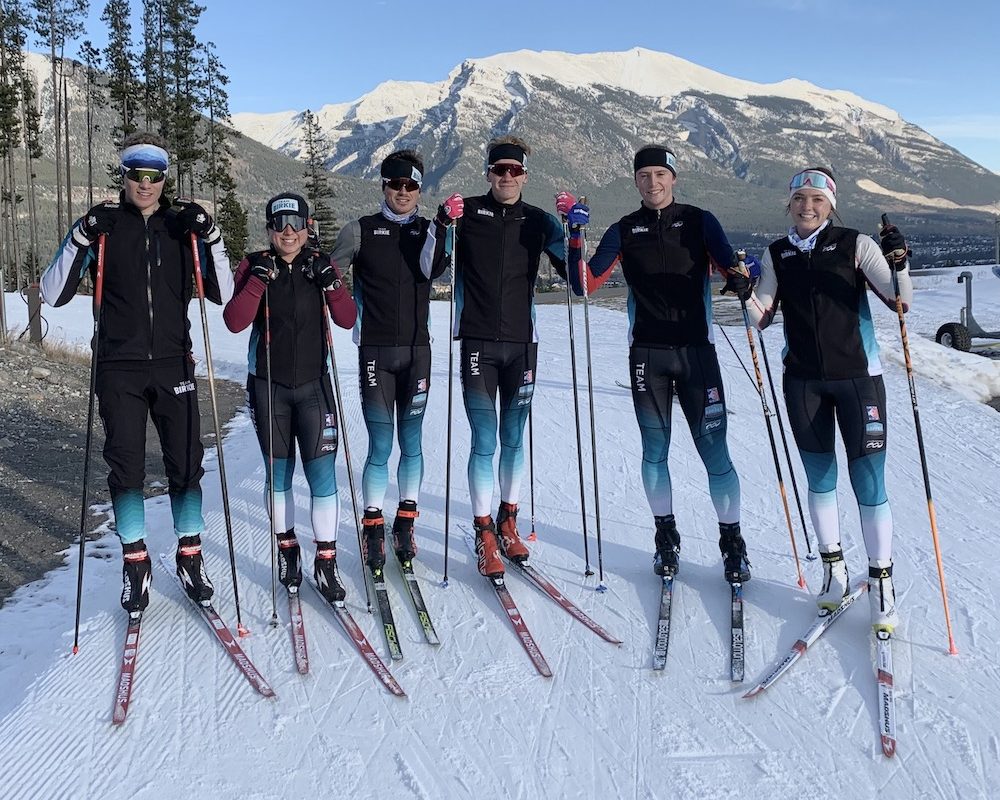MAZAMA, WASH. – “I’m trying to raise awareness of what I consider to be correct training techniques. There are big misconceptions about training for endurance,” says Scott Johnston, head coach for the Methow Olympic Development program in eastern Washington. He considers a lot of the information out there fad-ish and focused on quick fixes and instant results.
“People get swept up in these fads and trends without understanding the concepts and fundamentals of endurance training. The truth is that there are no short cuts. If there were, endurance athletes would flock to that all over the world,” Johnston says. He mentions Norwegian physiologist Jan Helgerud and his 4×4-minute intervals “magic” recipe as one of the more recent and publicized examples of such fads, and adds that there is a long history of these theories in endurance training.

Last fall Johnston offered a clinic on the principles of endurance training and the techniques of the trade to a couple of dozen master skiers in the Methow. This fall, he takes the show on the road to three locations in the Northwest. MOD squad members Sam Naney and 3-time Olympian Torin Koos join the tour and help out with the program during the clinics.
Johnston and the MOD squad kick off the clinic tour in Wenatchee, Wash., this coming weekend, September 24-25. The second clinic will take place on October 9-10 in Mazama, Wash., and the final clinic is scheduled for Oct 23-24 at the Kongsberger Ski Club headquarters at Cabin Creek, Wash.
Lack of information
Johnston feels that good scientific information on endurance training is hard to locate and hard to decipher. Accordingly, many athletes and coaches turn to the popular press, which often presents over-simplified solutions to quick fix results.
“What I really want is to avoid that people go to places like Runner’s World and the popular press. Those places are generally a disservice to athletes. They often advertise how to get race-ready or run a PR in six weeks, or deliver a snapshot look at the training of someone who just set a new world record ,where they list one week of that athlete’s training program. People come away from these places really confused. There is a surprising lack of general understanding of the training principles even in athletes at a pretty high level,” Johnston says.
“While there are certainly some unique aspects to training for cross-country skiing, most of the physiological principles of endurance training apply to cross-country skiing as well. I will pick through the current information on training and explain how it applies to skiing, and weigh it against conventional wisdom,” Johnston says about the purpose of the clinics.
Solid science
“The basics of endurance training are fairly well understood. We’ll talk about what they are, the theoretical science behind them and explain here’s what we know, here’s what the leading athletes in endurance sports do, and here’s why that should work well,” Johnston says. He points out that the principles and techniques of middle-distance runners transfer well to cross-country skiing.

During the weekend clinics, Johnston will spend the first day touching on some endurance training techniques and theoretical fundamentals that he considers commonly underappreciated or overlooked and some of the unique and specific things he does with the athletes he coaches. On the second day, Johnston, Naney and Koos will take the participants outside to practice the techniques as well as tie together all the seemingly disjointed ideas and theories and put them into a system of periodization that can help them plan for their specific performance goals.
“The purpose of the clinics is to help contextualize the information and put it into a system. But they won’t come away with a recipe or a 52-week training program. The point is to give people tools and help them understand what they should be doing. Most intelligent people can work through this, and come up with here’s what I should be doing at this time of the year,” Johnston explains.
No spreadsheet approach
Johnston feels that too many coaches approach training programs as a solid 52-week plan presented in an Excel spreadsheet.
“Training plans are organic and need to be flexible, but in my experience, once it’s written and handed to an athlete, it’s treated like a Bible,” Johnston says.
Training plans from Johnston rarely cover more than two weeks at a time. One week represents what he calls a micro cycle, and after every micro cycle, Johnston sits down with his athletes to evaluate the individual adaptation to the training load, and adjust the plan as necessary.
“About 90 percent of the time, we stay on track and get the things I want to accomplish in that time period done. But that’s also because I know my athletes so well,” Johnston says, explaining that the individualized approach is the key to maximizing each athlete’s potential. He recognizes that this approach can be hard in a larger group or when attending training camps.
“They might do different things in the same workout, but that. And that can be a problem at training camps or when coaching larger groups. This is not a practical way to coach a large high school team or a group of recreational master ski racers. But I’m not coaching those kinds of people right now,” Johnston says.
To register for the clinics and for more information, contact Scott Johnston, Methow Olympic Development Project, tel. 509 996-8080, or E-mail: 901scott@gmail.com
Inge Scheve
Inge is FasterSkier's international reporter, born and bred in Norway. A cross-country ski racer and mountain runner, she also dabbles on two wheels in the offseason. If it's steep and long, she loves it. Follow her on Twitter: @IngeScheve.



